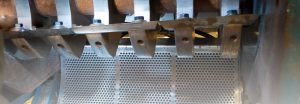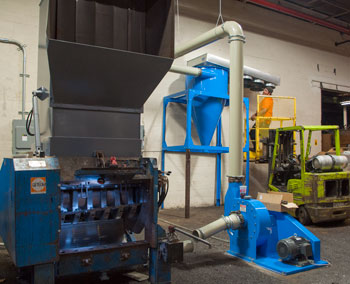About Us
Since 1969, we’ve been in the business of helping companies get rid of their waste and recyclable materials. It was in the 1950’s that the idea of “single serve” items in containers that consumers could easily dispose of came onto the market and the United States was suddenly overcome with litter. Our team recognized the benefits of recycling early on and have continued to grow, incorporating new technology as it is developed.
Today, it’s no secret that recycling can help the planet. But did you know that recycling can also make your business money? To learn more, visit this page.
 A Look At Recycling Plastics
A Look At Recycling Plastics
In the 60’s, an art contest was held to raise awareness about the environment and the impact that we have on it. The winner of that contest was Gary Anderson, who created the Mobius Loop, a symbol that is now well known as the recycling symbol all over the world. Today, the Mobius Loop is used, along with a number to indicate what kind of plastic a certain product is made of, which also informs consumers where and how that plastic can be recycled. Companies call this an SPI code. This includes:
Anything marked with an SPI code of 1 is composed of polyethylene terephthalate which is usually just called PET. Products made from PET are typically water bottles, containers for medications, food jars (like the ones that peanut butter come in), and even combs. Once recycled, it is frequently used to make:
- the filling in warm winter jackets
- carpet
- tote bags
- rope
SPI 2 marked products are made of high-density polyethylene, also called HDPE. Americans will find that their milk containers, shampoo and conditioner bottles, laundry detergent, and other cleaning products are made from this type of plastic. After it’s broken down, SPI 2 is reused to form:
- Plastic boards
- Lumber
- Fencing
- Flower pots
- Plastic crates
SPI 4 is made from low-density polyethylene, AKA LDPE. It is a very flexible form of fabric which is why it is perfect for plastic bags, squeezable bottles like the ones ketchup is stored in, and sandwich bags. SPI 4 plastic doesn’t have to be that flexible, however, and when reused, it often makes:
- Garbage cans
- Lumber
- Furniture
Polypropylene is the type of plastic marked with SPI 5. Since PP is able to withstand higher temperatures, it is commonly found in Tupperware containers. It is also used in diapers, syrup bottles, plastic bottle caps (this is why you are often asked to remove the cap when recycling a water bottle), and yogurt containers. Repurposed PP is used in rakes, battery cables, and even ice scrapers.











